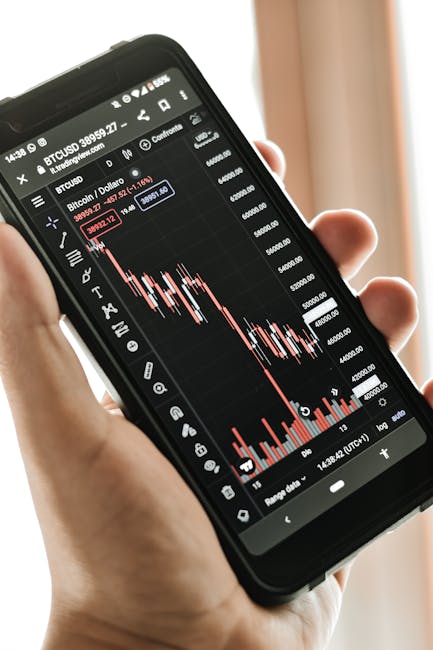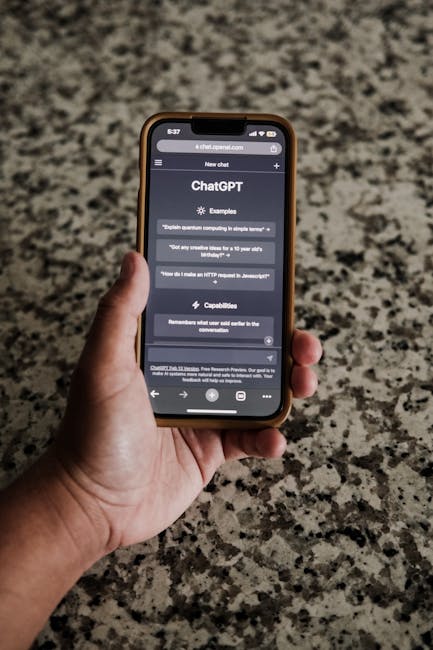Foldable phones, once a futuristic concept, are now a reality, with brands like Samsung, Google, and Motorola leading the charge. These devices promise to revolutionize smartphone usage by combining the convenience of a phone with the screen size of a tablet. However, their high prices have limited adoption. Could a significant price drop make foldable phones a viable option for the masses, especially business users?
The Current State of Foldable Phones
Foldable phones offer a unique blend of portability and functionality, making them ideal for multitasking and productivity. Yet, their steep prices—often exceeding ₹1,50,000—place them in the luxury category. For instance, the Samsung Galaxy Z Fold 5 starts at ₹1,54,999, while the Google Pixel Fold is even pricier.
This cost barrier restricts their appeal to early adopters, leaving average consumers and business professionals hesitant. Traditional smartphones and tablets offer comparable features at much lower prices, making it difficult for foldable phones to justify their premium.
The Need for Price Reduction
To achieve mainstream success, manufacturers must address the pricing issue. Analysts suggest that a price point below ₹1,00,000 could significantly boost demand. Achieving this requires advancements in manufacturing, economies of scale, and potentially reducing the use of expensive materials like ultra-thin glass.
Chinese brands like Xiaomi and Oppo are already exploring more affordable foldable options, which could pressure established players to lower their prices. A price drop would not only attract individual consumers but also make foldable phones a more appealing choice for businesses looking to equip their workforce with cutting-edge tools.
The Business Case for Foldable Phones
Business users stand to benefit greatly from foldable phones. The ability to switch between phone and tablet modes seamlessly can enhance productivity, especially for tasks like email management, video conferencing, and document editing. For professionals on the go, a single device that replaces both a smartphone and a tablet is highly compelling.
However, convincing business users requires more than just affordability. Durability and reliability are critical. Early models faced criticism for fragile screens and hinges, and while recent iterations have improved, concerns about long-term durability remain. Businesses need assurance that these devices can withstand daily use.
Software optimization is another key factor. Foldable phones need apps and operating systems tailored to their unique form factors. While Android has made progress, not all apps are fully optimized for foldable displays. For business users, seamless integration with tools like Microsoft Office, Slack, and Zoom is essential.
The Road Ahead
The future of foldable phones depends on addressing these challenges. A significant price drop could drive mass adoption, but manufacturers must also focus on improving durability, software compatibility, and user experience.
For business users, the decision to adopt foldable phones will hinge on cost, functionality, and reliability. If manufacturers can deliver on these fronts, foldable phones could become a must-have tool for professionals.
In conclusion, foldable phones have immense potential, but their success in the business world—and beyond—will depend on how quickly and effectively manufacturers can reduce costs and address user concerns. The next few years will determine whether they remain a niche product or become the next big thing in mobile technology.




